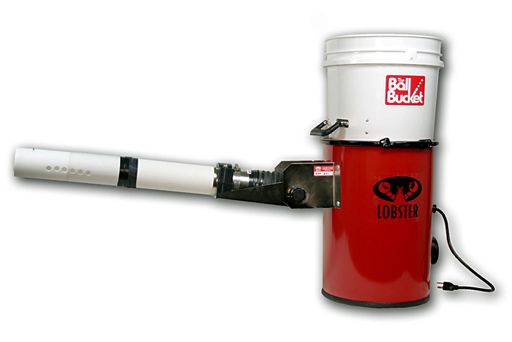
While practicing your swing, have you ever wondered how that tennis ball launcher could manage a perfect serve every time? Go to the next image to see how the tennis ball launcher looks on the inside.
Advertisement
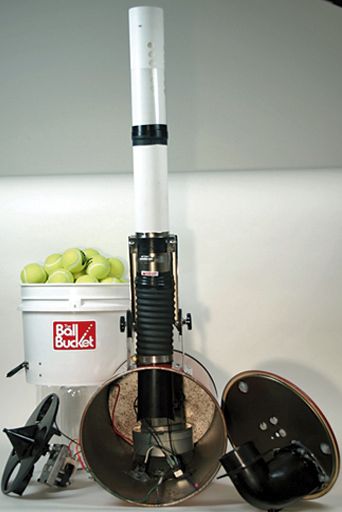
This launcher will fire as long as it has electricity and a supply of tennis balls. To do this, it uses air pressure. Continue to see where that pressure come from.
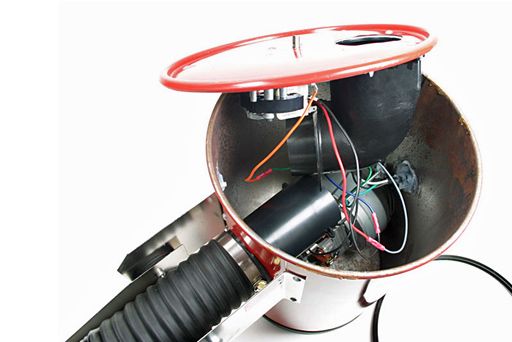
When the launcher is powered on, an electric fan pulls air from the outside into the canister. The air flows through a piece of foam and protective screen. These protect the fan motor from debris.

The air then flows upward through the hopper.
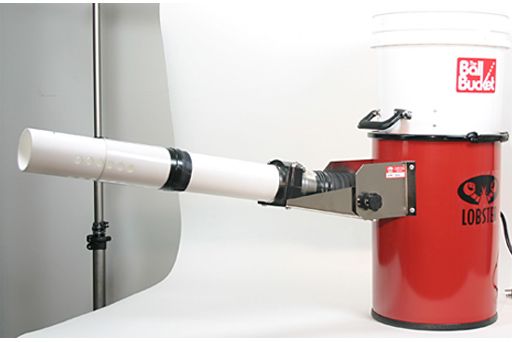
The air leaves the hopper and then moves out through the barrel.
Advertisement

Let’s add tennis balls to the equation.
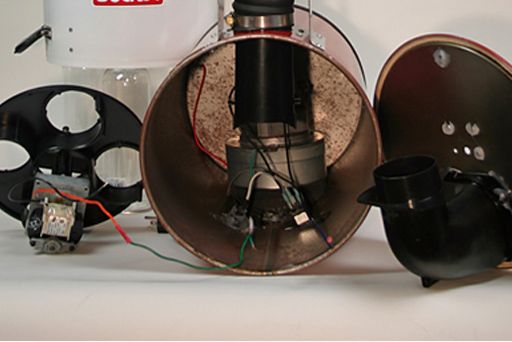
An electric motor inside the hopper keeps the balls moving.
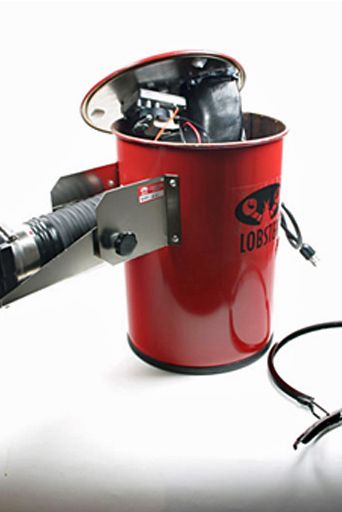
The motor turns a rotor inside the hopper. As the rotor turns, it rolls the balls through a hole one at a time. Each ball falls into the plastic tube that runs through the canister.
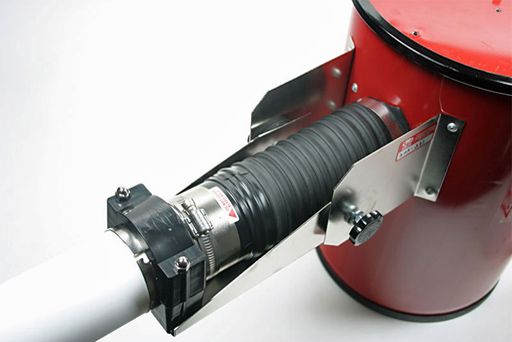
The ball rolls through the tube until it reaches a soft, rubbery ring called a detent. The detent causes the ball to seal off the end of the tube and forces a plastic flap to cover the entrance to the tube. Now, air pressure starts to build.
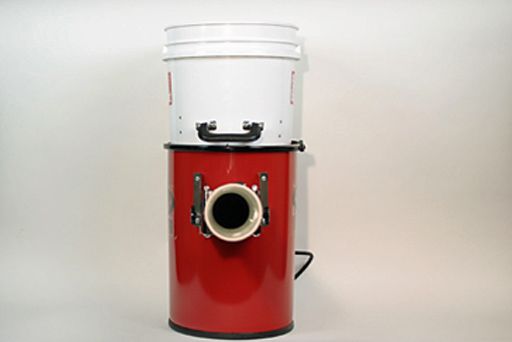
When the air pressure behind the ball overcomes the resistance from the detent, the ball flies down the barrel. With this pressure eliminated in the tube, the flap at the entrance falls back down. Another ball falls into the tube, and the process starts again.
Advertisement
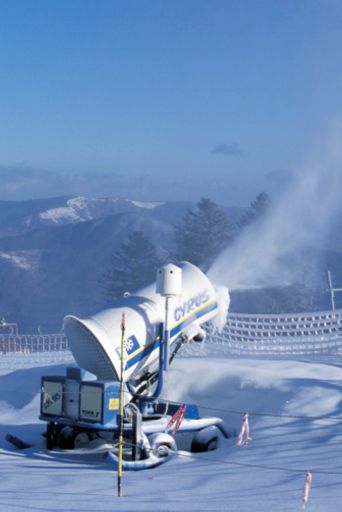
The flexible piece of tubing that connects the barrel to the canister allows you to change the angle of the barrel. This pneumatic design is also used in T-shirt and confetti launchers, as well as to create special effects such as flying debris or fake snow.